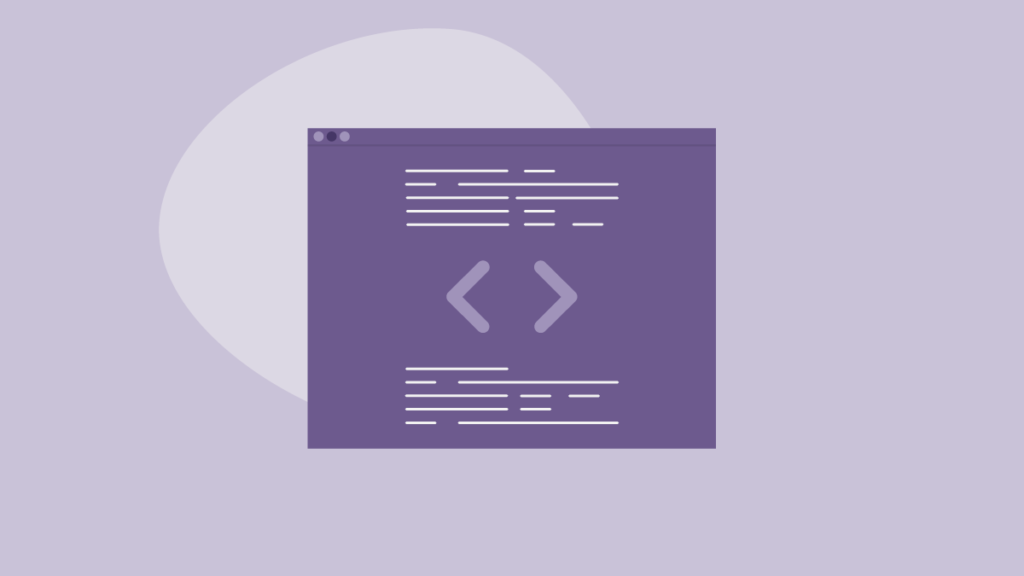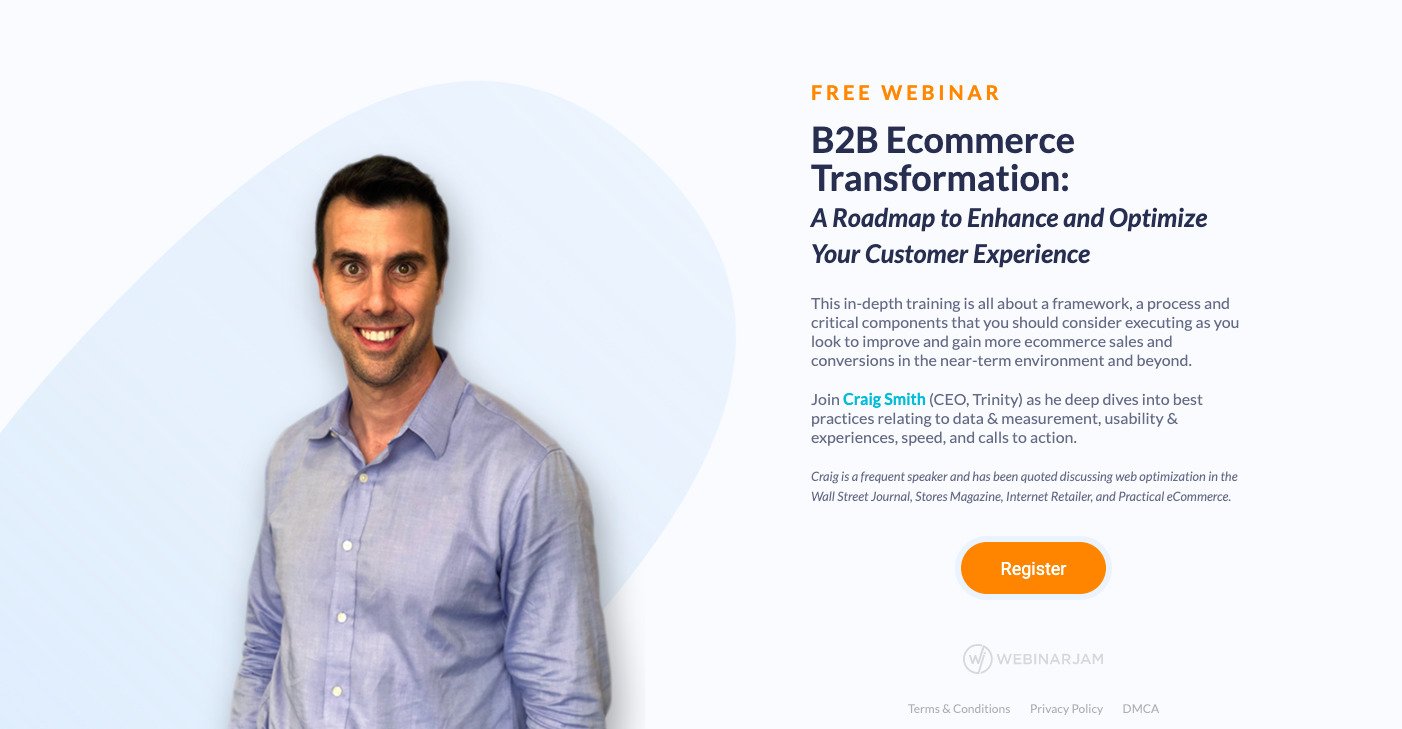Every basic SEO guide mentions site speed. You need to have a fast website, your users are impatient, your rankings will tumble, etc. While the importance of site speed is addressed almost constantly, few guides take the extra step of going into what improving site speed involves – or even what factors go into play when making your site faster.
If you need to improve your site speed to boost your SEO, start with looking at your time to first byte (TTFB). This metric significantly affects your rankings and user experience. It can also be one of the hardest to change if you don’t know what you’re doing. Fortunately, we’re here to help.
What is Time to First Byte (TTFB)?
TTFB is the time it takes to request information from the server and send the information that was requested. (In layman’s terms, it is the time between when you navigate to a webpage and when it starts to render.) This time period includes:
- The server request, which can vary based on location and internet connection
- The time it takes to process a request, or generate a response
- The time it takes to send information based on the question.
Return time accounts for 40% of total TTFB. The slower the TTFB, the longer it takes for your users to see any content on your site.
Here is Google’s official definition of TTFB:

Google heavily weighs TTFB in search rankings, and this metric is considerably different from your page load speed. In fact, many SEO professionals have seen how Google places significantly more value on TTFB than on page speed.
Like most elements of SEO, TTFB ties closely to the user experience. Users that have to wait for your page to load (with no actual indication that the site is live and intending to load in the next few seconds) and are more likely to bounce because of a bad experience. The more you frustrate your users, the more Google will devalue your site.
What is a Good TTFB?
According to SearchEnginePeople and Google, your TTFB needs to be less than 200 milliseconds (ms). This number also differs by the type of content on your page. Static content should load at 100ms while dynamic content should load at a speed of 200 – 500ms.
The 500ms mark is the maximum amount for both Google and your users to tolerate – especially because the rest of the page still needs to load after the first byte hits.
How to Check Your TTFB
There are several resources at your disposal to check your time to first byte and monitor your speed for various pages and content types:
- Bytecheck is one of the most straightforward tools. It gives you a clear TTFB report and also shows other elements and data points that you might be interested in. Bytecheck will also rate your site out of five stars.
- WebPageTest offers more options. You can choose to run the test by location (like Chicago, Sydney, or Berlin) and by device. You can also run the test on different browsers to see if your TTFB changes dramatically between Chrome, Mozilla, etc.
- KeyCDN is an overall performance tester that checks several different elements related to your site health. You can sign up for a free trial or look at their various plans if you’re testing multiple sites over time.
These are just a few of the options that are available to you to monitor your TTFB. You may find one on this list that you love, or need to keep looking to find a tool that meets your needs.
How to Improve Your TTFB
As we said earlier, understanding and tracking your time to first byte is the easy part. Improving your TTFB tends to be more complicated, especially as there are multiple factors involved – and many of them are out of your control. Within WordPress, factors that contribute to TTFB include:
- Network latency: communication delays within the network.
- High web traffic: the demand on the servers to pull information.
- Server configuration: the type of servers pulling information and their performance.
- DNS response time: the time it takes for the server to recognize your domain name and translate it to an IP address.
- Dynamic content: blog posts, videos, and updates to your website that are added frequently.
As you can see, elements like high web traffic are mostly out of your control. Additionally, you’re not going to stop creating dynamic content just because it has lower TTFB metrics. However, a few of these elements are in your control, and you can take steps to improve your TTFB even if you don’t consider yourself very tech-savvy.
A few best practices to keep in mind to improve your TTFB include:
- Choose a fast web host: choosing a fast host for your site takes the burden off of you to have a fast TTFB. This is a great option for small businesses that just want a basic website.
- Keep your plug-ins and themes updated: old plug-ins and themes are clunky and slow. Many developers include performance improvements to their updates, so your TTFB can keep improving over time.
- Use a CDN: a CDN (content delivery network) uses global servers to deliver static content faster. This reduces network latency because users are getting the content from a server that is closer to them. A CDN is particularly useful for eCommerce sites or brands that receive traffic from large geographic areas.
- Find a Premium DNS services: when you choose your hosting service, see if you can upgrade to a premium DNS service if you need to. This is typically an add-on for many hosting options. If your other TTFB improvements aren’t driving the results you need, you can upgrade to a premium DNS service for your pages.
There are many elements that factor into TTFB – and that’s a good thing. It means that there are multiple strings that you can pull to improve it. You can test a few of these options separately to see which ones have the biggest impact and then compound them onto each other.
Improve Your Site Speed and Other SEO Factors
Your time to first byte isn’t a silver bullet solution to fix your rankings and user experience. This is one element out of several that Google takes into consideration when interacting with your brand. If you want to see how your site stacks up, check out our free SEO analysis. You can input your website and receive a report on your site strengths, opportunities, and weaknesses. One of our team members is also happy to walk through your report with you.
SEO is a process. You can’t expect to have high rankings overnight and to keep them there forever. Work on your TTFB and other SEO factors to stay on top and drive new customers to your brand.





